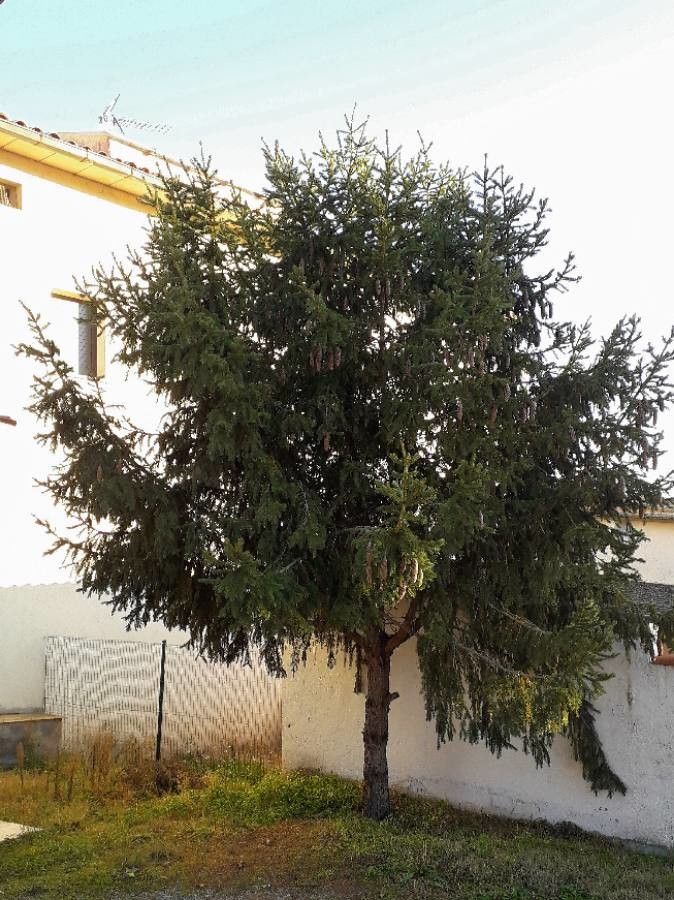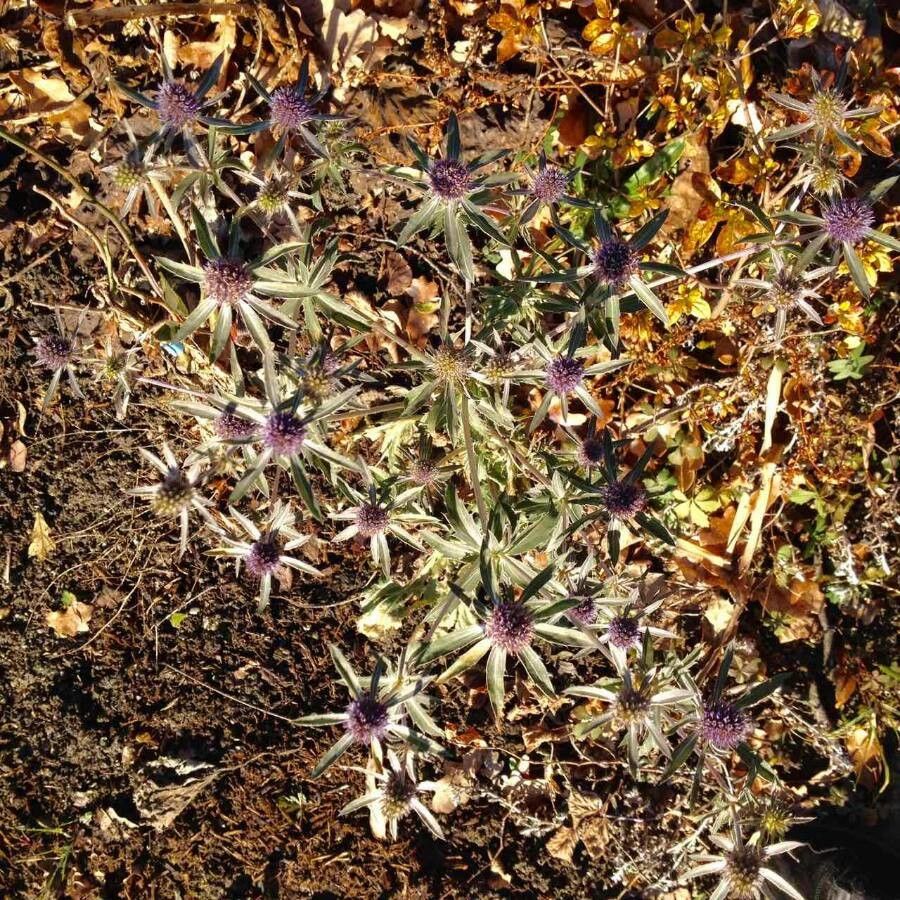### Common Spruce: A Majestic Evergreen
The Common Spruce, *Picea abies*, also known as Norway Spruce, is a majestic evergreen conifer that stands as a symbol of strength and resilience. Its elegant pyramidal shape and rich green foliage make it a popular choice for landscaping, providing year-round beauty to gardens and parks worldwide. This comprehensive guide will delve into the details of cultivating and caring for this iconic tree.
### Habitat and Growth
Native to Europe, the Common Spruce thrives in a variety of climates, demonstrating remarkable adaptability. It prefers cool, temperate regions with well-drained soil. While it tolerates partial shade, it flourishes in full sun, reaching impressive heights of up to 100 feet (30 meters) in ideal conditions. Its growth rate is moderate to fast, particularly in its youth, making it a quick way to establish a strong evergreen presence in your landscape.
### Soil Needs and Planting
Common Spruce is relatively adaptable regarding soil type, but it prefers slightly acidic to neutral, well-drained soil. Avoid planting in heavy clay soil that retains excessive moisture, as this can lead to root rot. Before planting, amend heavy clay soils with organic matter like compost to improve drainage and aeration. Dig a hole twice as wide as the root ball and plant at the same depth as it was in its container. Water thoroughly after planting, especially during dry periods.
### Sun Exposure and Watering
As previously mentioned, Common Spruce prefers full sun for optimal growth. However, it can tolerate some shade, especially in hotter climates. Consistent watering is crucial, especially during the first few years after planting. Aim for deep, infrequent watering to encourage deep root growth rather than frequent shallow watering. Established trees are generally drought-tolerant once their root systems are well-established.
### Pruning and Maintenance
Pruning is generally minimal for Common Spruce. Remove any dead, damaged, or diseased branches as needed. If shaping is desired, it's best done in late winter or early spring before new growth begins. Avoid heavy pruning, as it can disrupt the tree's natural form. Regular fertilization is generally not necessary unless soil tests indicate nutrient deficiencies.
### Pests and Diseases
While relatively resistant to pests and diseases, Common Spruce can be susceptible to certain issues. Spider mites, aphids, and scale insects can infest the foliage, and fungal diseases such as root rot can occur in poorly drained soil. Regular inspection and prompt treatment with appropriate insecticides or fungicides can help prevent serious problems.
### Propagation
Common Spruce can be propagated from seed or cuttings. Seed propagation is a more common method, though it can take several years for seedlings to reach a reasonable size. Cuttings require specific techniques and rooting hormones for successful propagation.
### Conclusion
The Common Spruce is a magnificent evergreen tree that can grace any landscape with its elegance and longevity. By following these guidelines on planting, care, and maintenance, you can ensure your Common Spruce thrives for many years to come, providing beauty and shade for generations.
Common Spruce: Planting, Care & Identification Guide

Frequently Asked Questions
How do I care for a common spruce tree?
Provide full sun, well-drained soil slightly acidic to neutral, and consistent watering, especially when young. Minimal pruning is needed, mainly removing dead or damaged branches. Monitor for pests and diseases.
What are the best conditions for growing a common spruce?
Common Spruce thrives in cool, temperate climates with full sun exposure and well-drained, slightly acidic to neutral soil. Consistent moisture is essential, particularly during establishment.


